DONG THAP Organic rice production models in Tam Nong district not only help farmers increase profits by at least 30% but are also environmentally friendly.
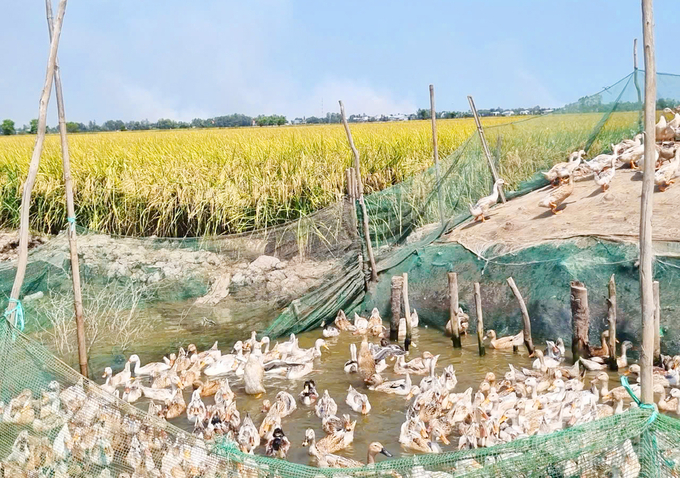
Rice-fish-duck production model at Quyet Tien Agricultural Service Cooperative (Phu Thanh A commune, Tam Nong district, Dong Thap). Photo: Le Hoang Vu.
In the past 2 years, organic rice production in Tam Nong district (Dong Thap) has made great strides, from the initial 20 hectares of organic rice to nearly 200 hectares in the whole district. Organic rice production models have had quite obvious results, bringing many positive effects, attracting both farmers and businesses to participate.
Senta branded rice products are produced from the 20ha organic rice field of Quyet Tien Agricultural Service Cooperative (Phu Thanh A commune, Tam Nong district). Initially, a group of farmers of the Cooperative had the same idea of raising fish along the net during the flood season and growing rice organically.
Next, with the determination of farmers and guidance from the agricultural sector, through rice crops, cooperative members were transferred technical advances, applied integrated pest management (IPM) and built rice-duck or rice-fish-duck intercropping models. Then the cultivation process was digitized using electronic diary software.
Mr. Nguyen Minh Tuan, Director of Quyet Tien Agricultural Service Cooperative, is a pioneer, directly implementing the circular agricultural production model, low emissions. Starting from 2023 with an initial area of 20ha/8 participating households, by 2024, the rice area produced according to the organic, circular, emission-reducing process of the Cooperative will be expanded to 80ha/23 households.
After 2 years of implementation, the model has received a lot of response from farmers who are very satisfied with the technical process such as applying cluster sowing and sparse sowing to reduce the amount of seeds to 50 - 70kg/ha; using organic fertilizers to replace part of inorganic fertilizers and reduce about 30 - 40% of inorganic fertilizers compared to outside (about 100 - 150kg/ha); reducing the number of times spraying pesticides from 2 - 3 times compared to outside the model.
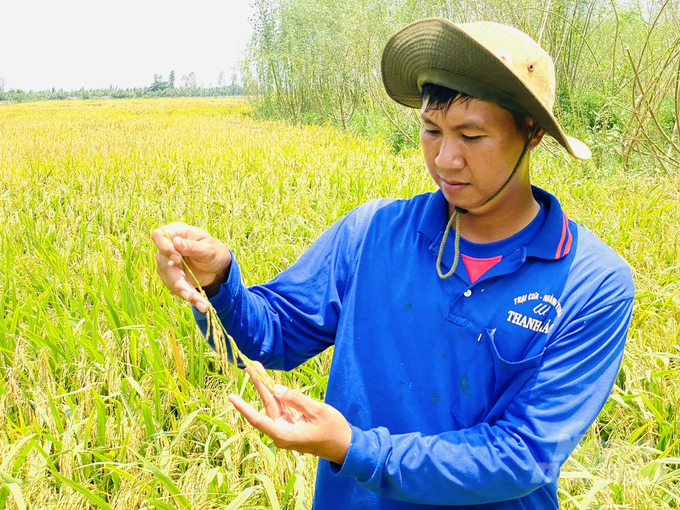
Organic rice production is contracted by businesses, helping farmers increase profits by 30% or more compared to traditional farming. Photo: Le Hoang Vu.
After harvesting, about 87.5% of the straw is collected from the field (equivalent to an area of 70/80ha). The remaining part is sprayed with Trichoderma fungus by farmers in the model to decompose the straw and create more nutrients for the soil. Farmers in the cooperative also apply synchronous mechanization in production from sowing to harvesting (rice sowing, spraying pesticides, spraying fertilizer, harvesting).
Through many farming seasons, Mr. Tuan realized that the majority of farmers in the cooperative participating in the model have changed their mindset in rice production, boldly applying technical advances such as using cluster seeders to sow, spraying pesticides with drones, applying organic fertilizers to improve the soil, etc.
Mr. Nguyen Hoai Bao, Director of Wildbird Tram Chim Company Limited (Tam Nong District) said: Currently, the Company is cooperating with Quyet Tien Agricultural Service Cooperative to produce organic rice that meets quality standards and is safe for consumers under the Senta rice brand. The Company hopes that through production linkage, it will help Tam Nong farmers get rich from organic rice production and aims to sell organic rice at 2-3 times higher prices when entering export markets.
Mr. Tran Thanh Nam, Chairman of Tam Nong District People's Committee, excitedly said: In the coming time, the district will continue to promote the effectiveness of this model and expand to other enclosed areas in the district to increase profits on the same area. The district will also call on domestic and foreign enterprises to cooperate in production and consumption of rice for farmers, and at the same time call on farmers, cooperatives, guilds, etc. to negotiate prices with enterprises to facilitate rice consumption.
After harvest, the rice is purchased by the enterprise, so farmers participating in the model all increase their profits by 30% or more compared to traditional farming. Although the yield of organically grown rice is not as high as traditional farming, thanks to the consumption contract with the enterprise and the purchase price higher than the market price per kilogram from 1,500 - 2,000 VND/kg, farmers still increase their profits.
Source: https://nongsanviet.nongnghiep.vn/lam-lua-huu-co-loi-nhuan-tang-30-tro-len-d401388.html


![[Photo] Phuc Tho mulberry season – Sweet fruit from green agriculture](https://vstatic.vietnam.vn/vietnam/resource/IMAGE/2025/4/10/1710a51d63c84a5a92de1b9b4caaf3e5)

![[Photo] Unique folk games at Chuong Village Festival](https://vstatic.vietnam.vn/vietnam/resource/IMAGE/2025/4/10/cff805a06fdd443b9474c017f98075a4)

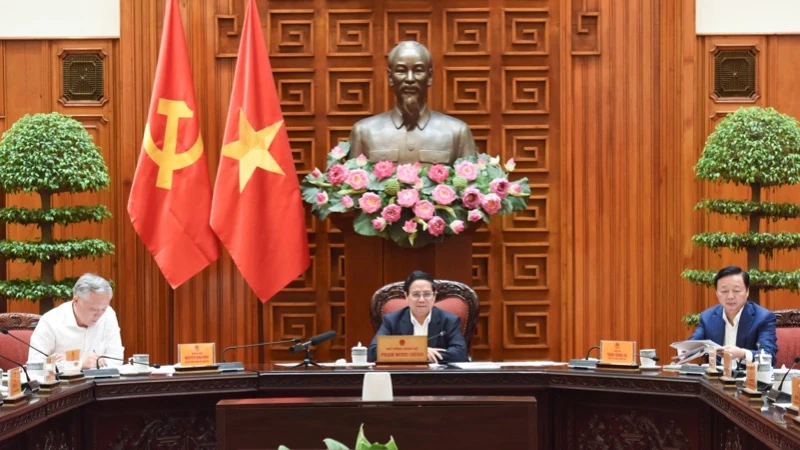
![[Photo] Prime Minister Pham Minh Chinh chairs meeting to discuss tax solutions for Vietnam's import and export goods](https://vstatic.vietnam.vn/vietnam/resource/IMAGE/2025/4/10/19b9ed81ca2940b79fb8a0b9ccef539a)
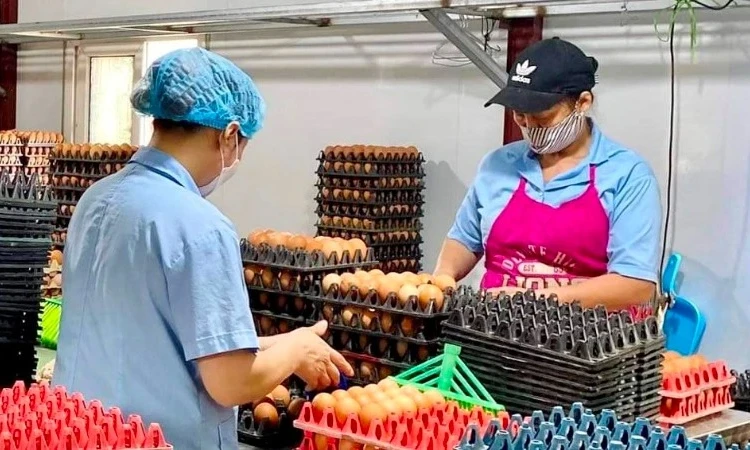

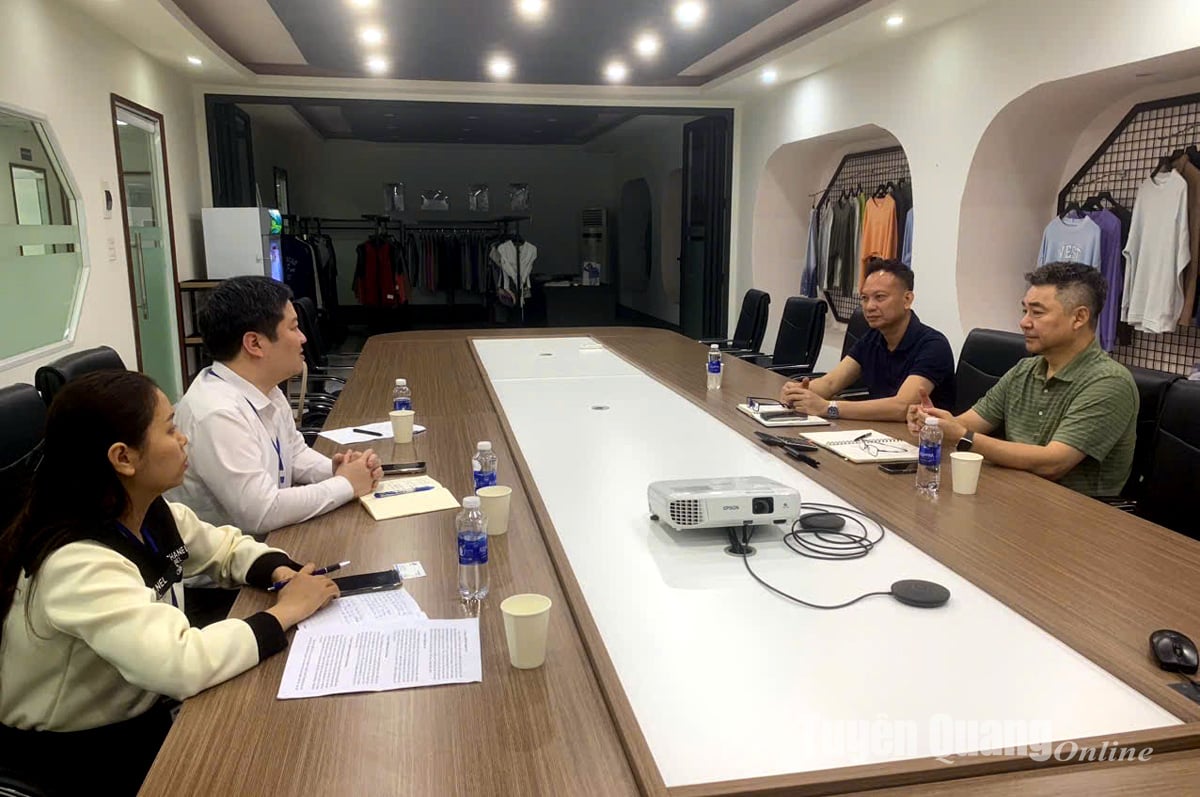

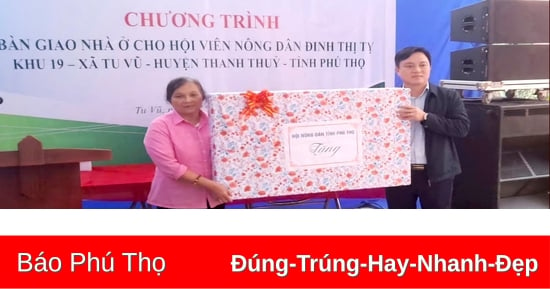
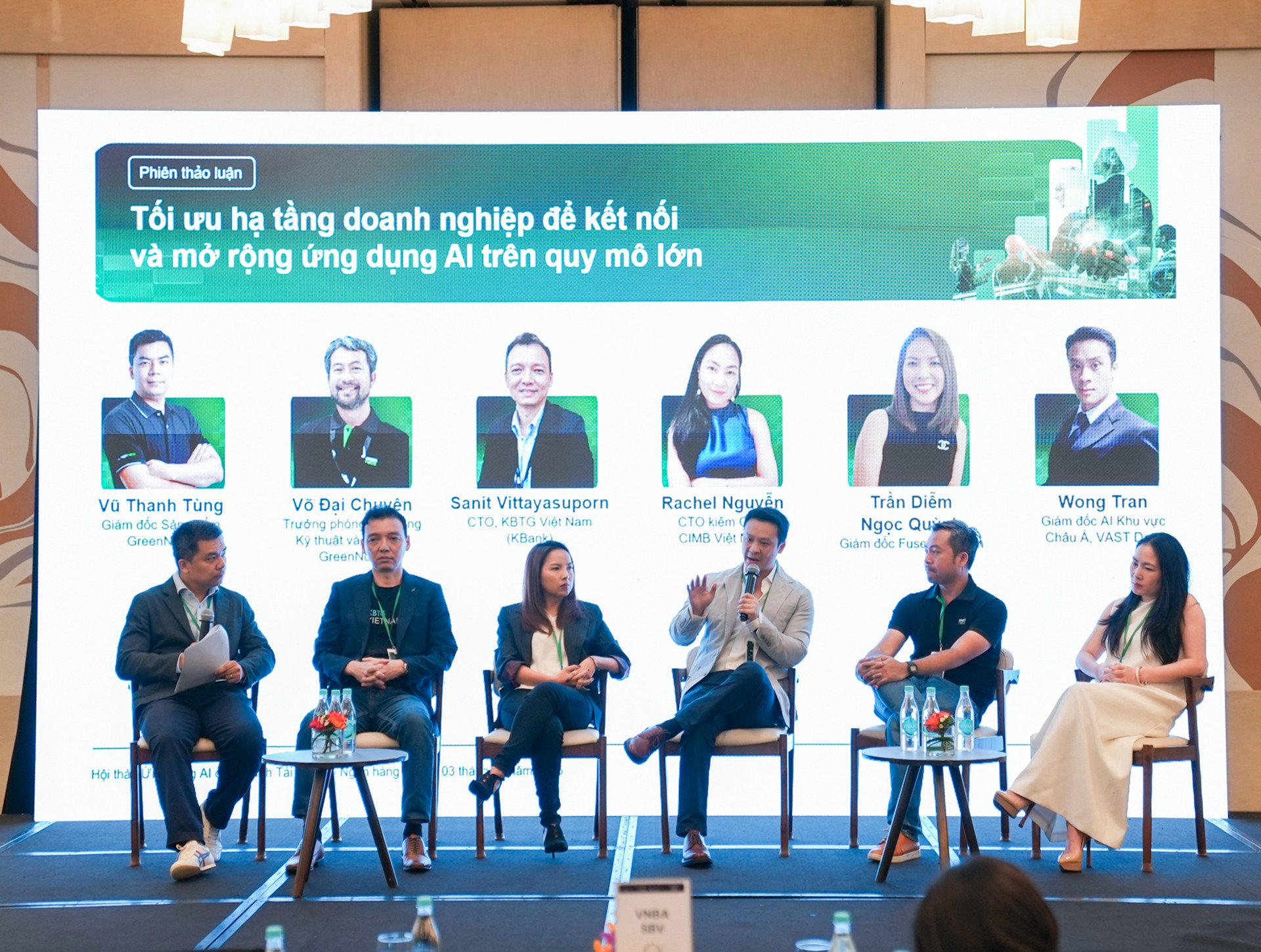


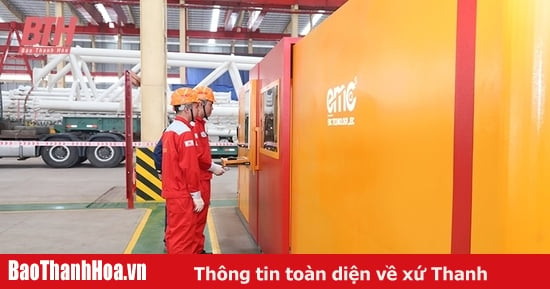

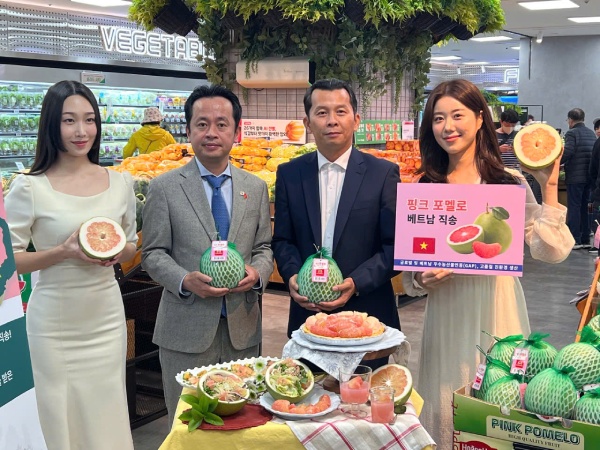

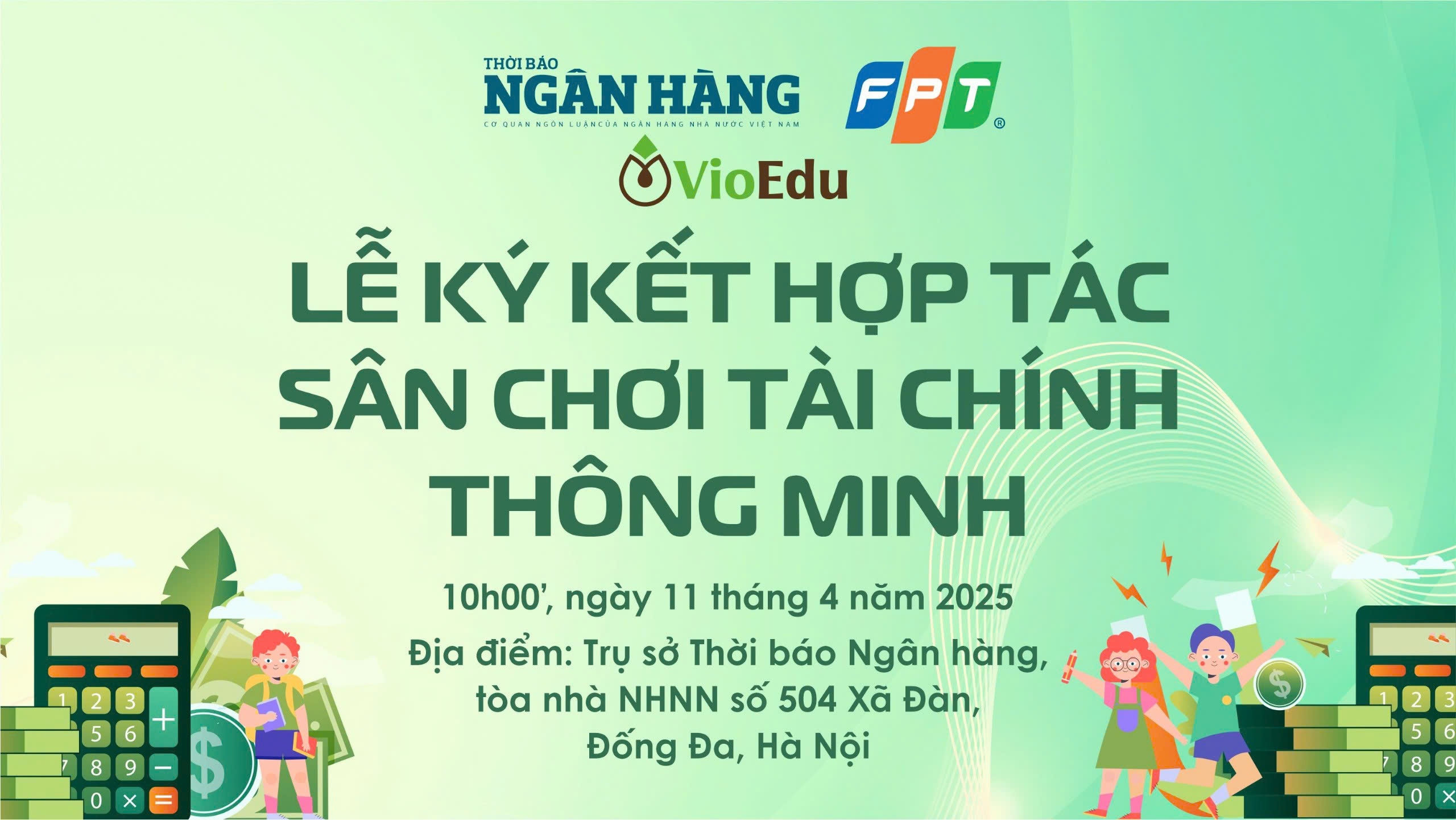
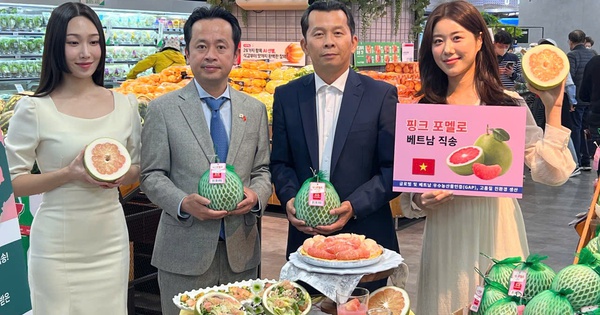
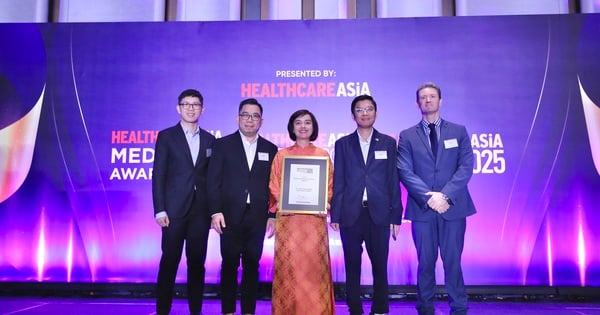
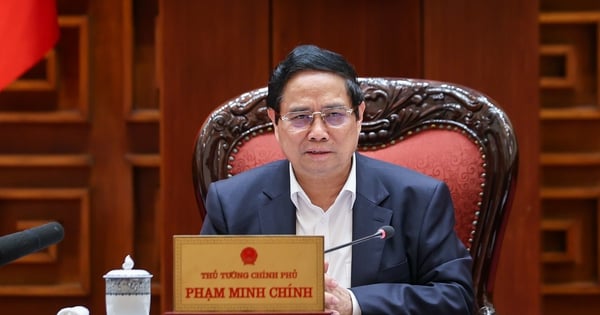




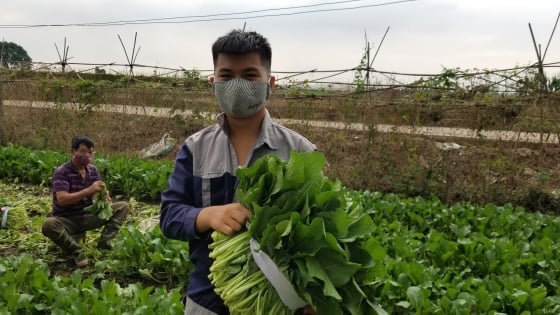
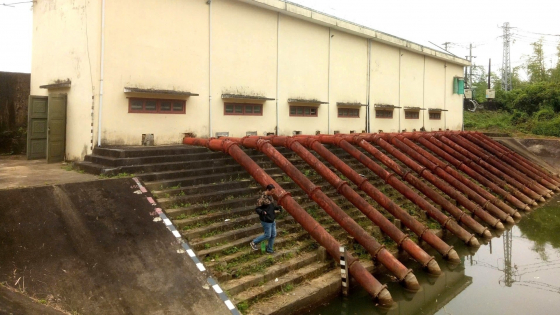

![Building the Vietnamese bird's nest brand: [Part 1] Reaching the world](https://vstatic.vietnam.vn/vietnam/resource/IMAGE/2025/4/10/a74ccb6a92a148aa9acd3682fa5ad735)
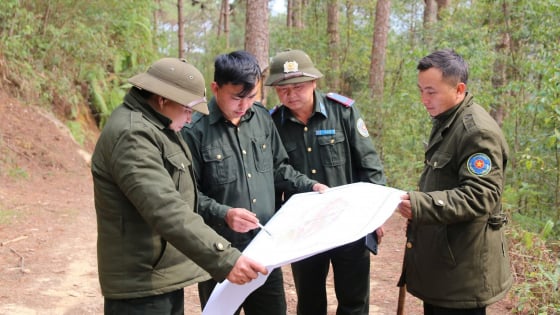
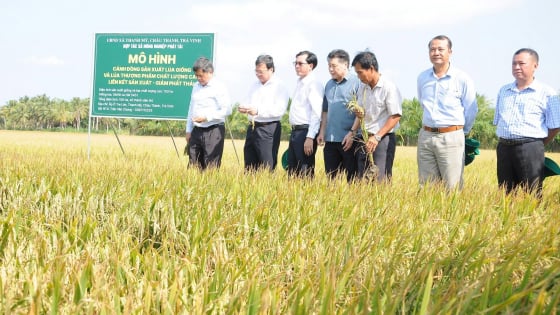




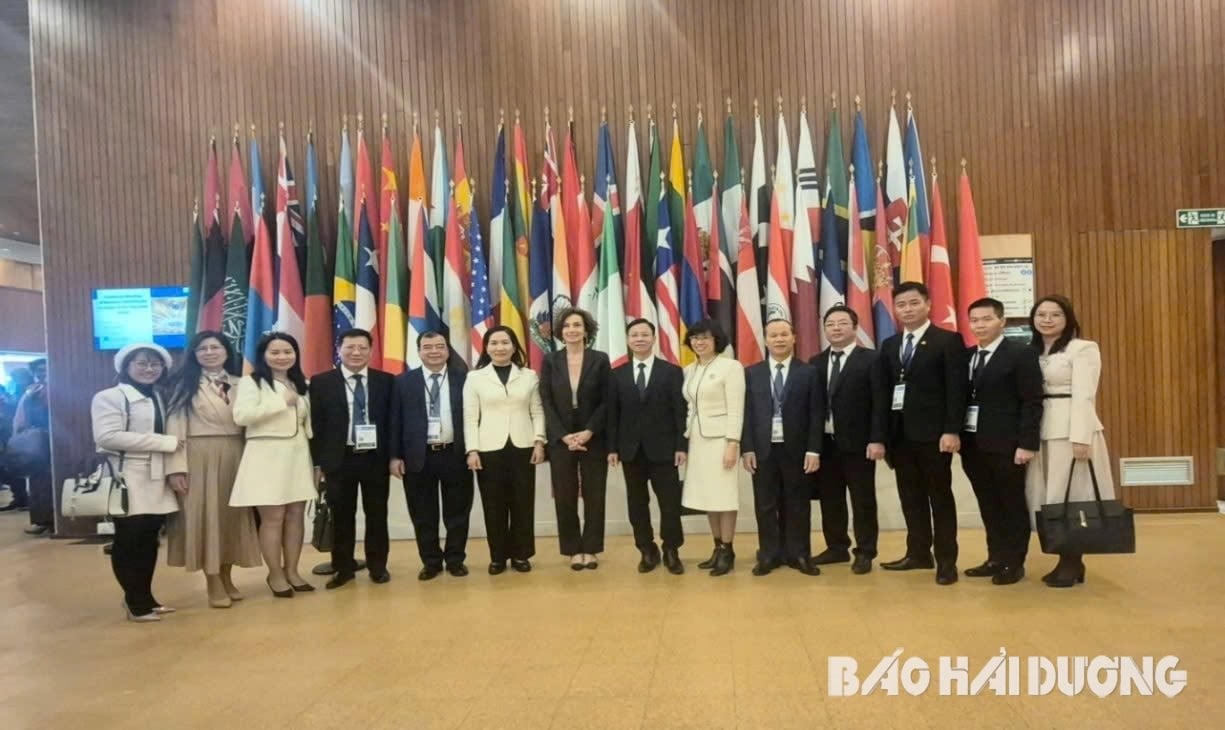








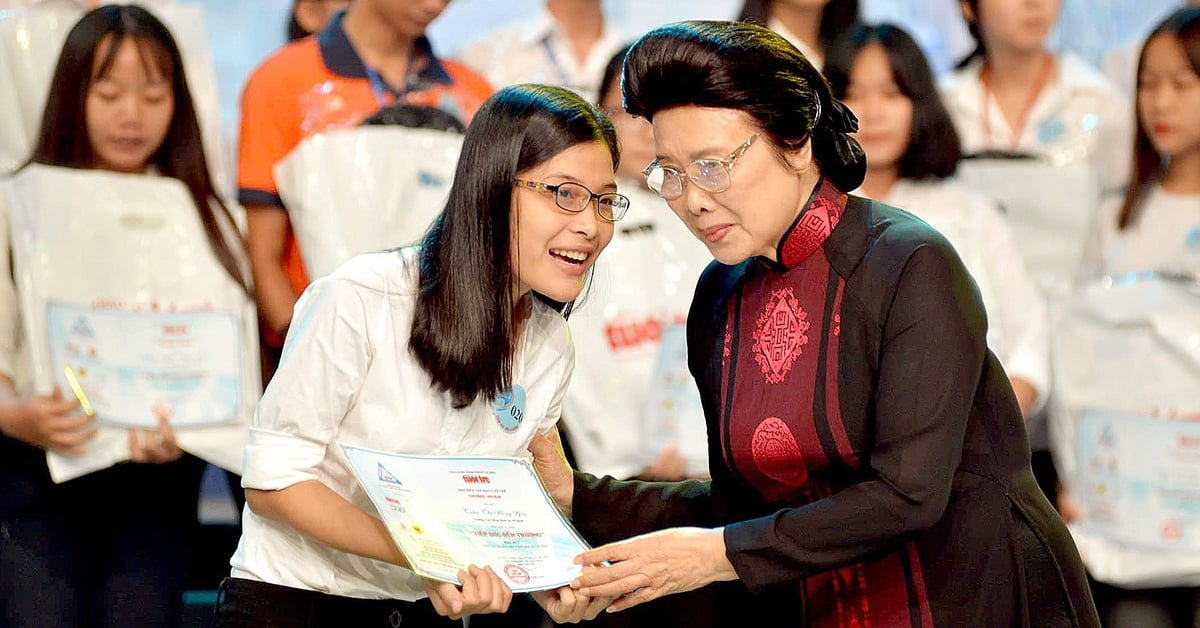





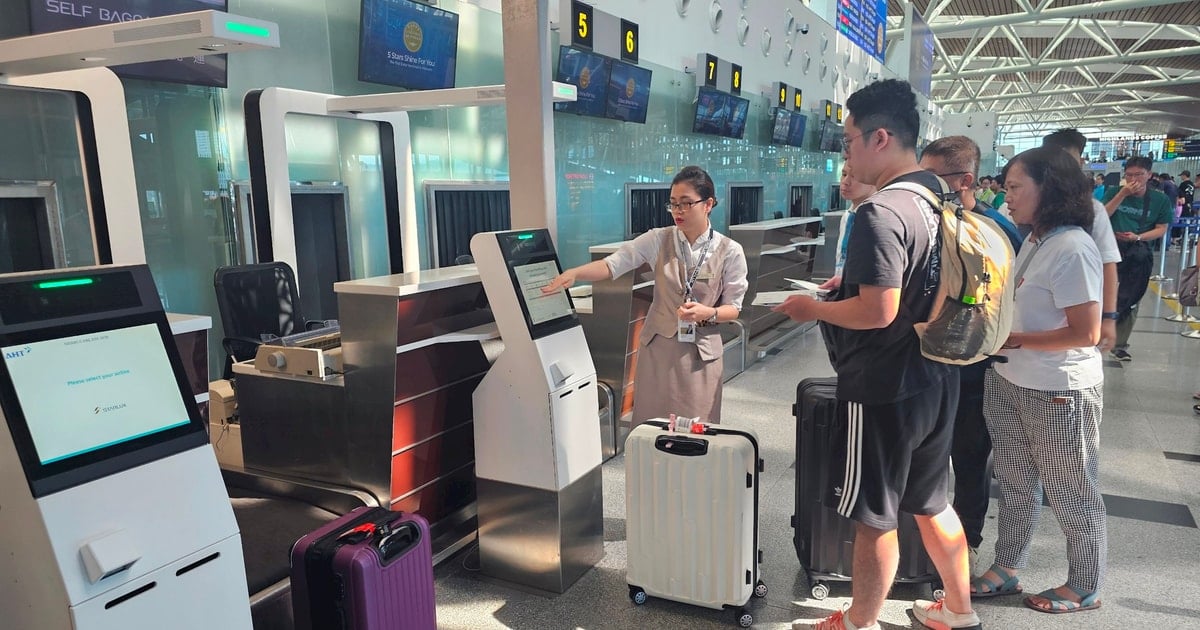


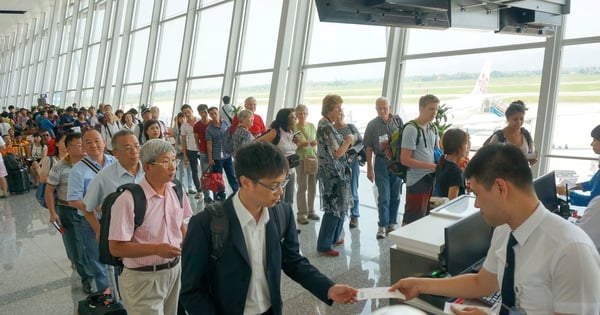


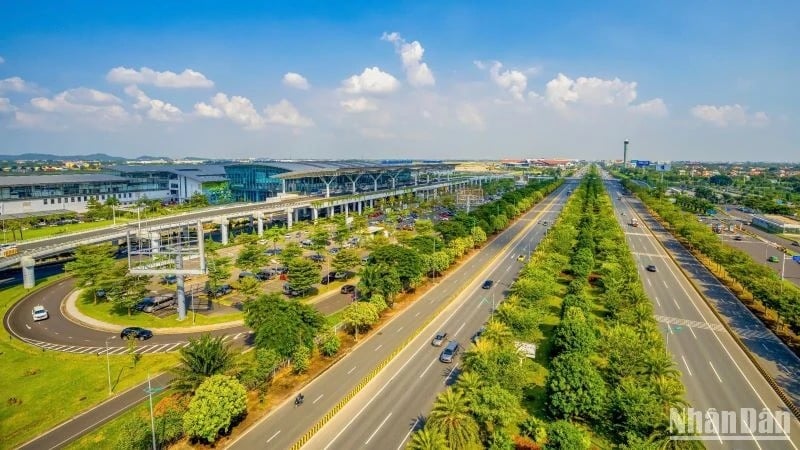


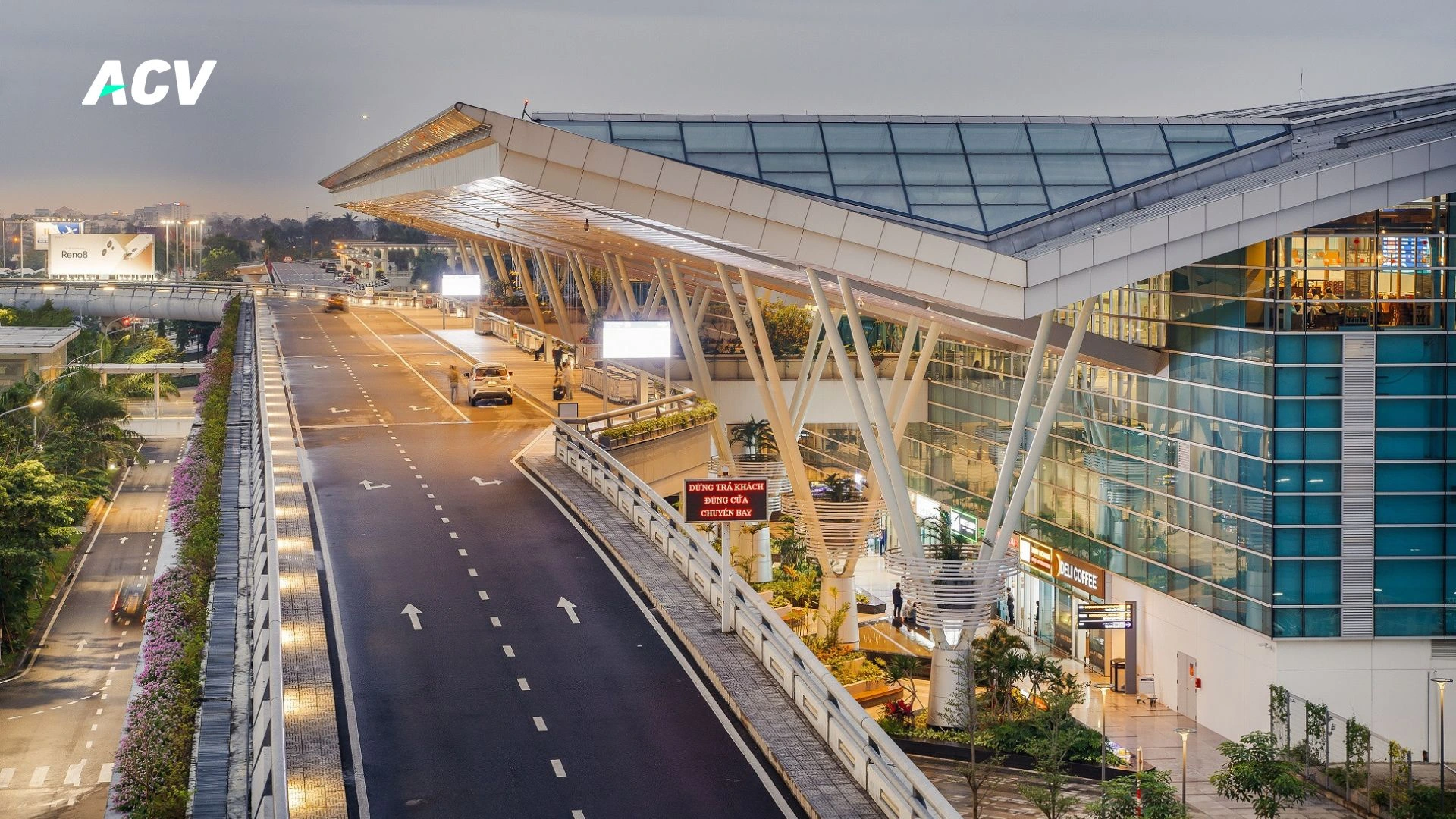

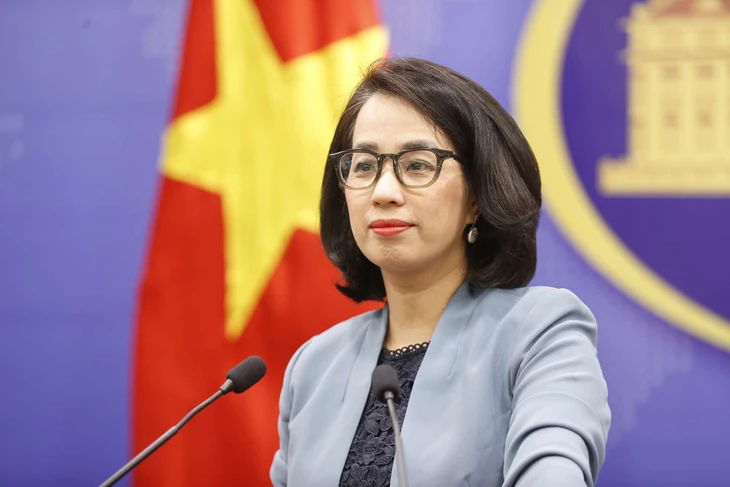





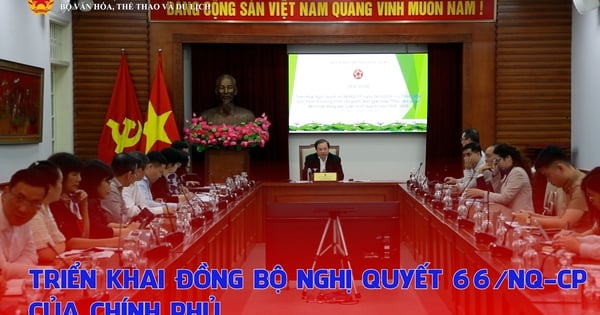


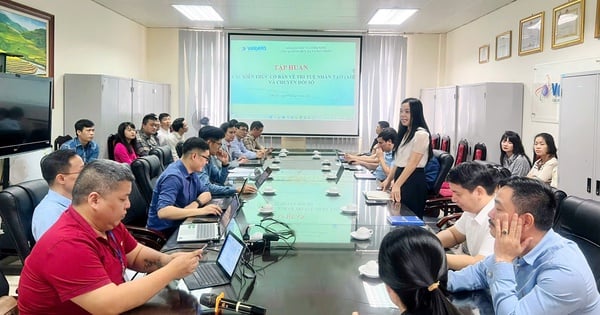

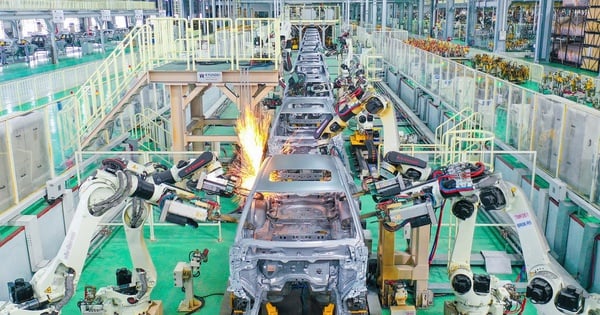
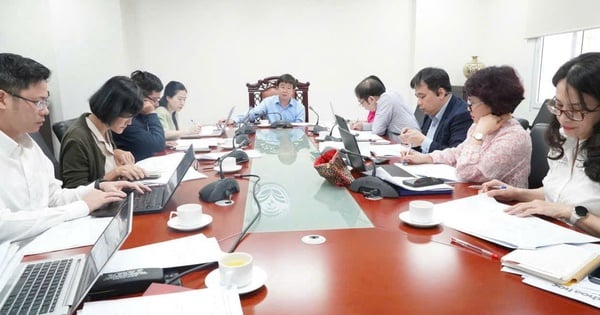

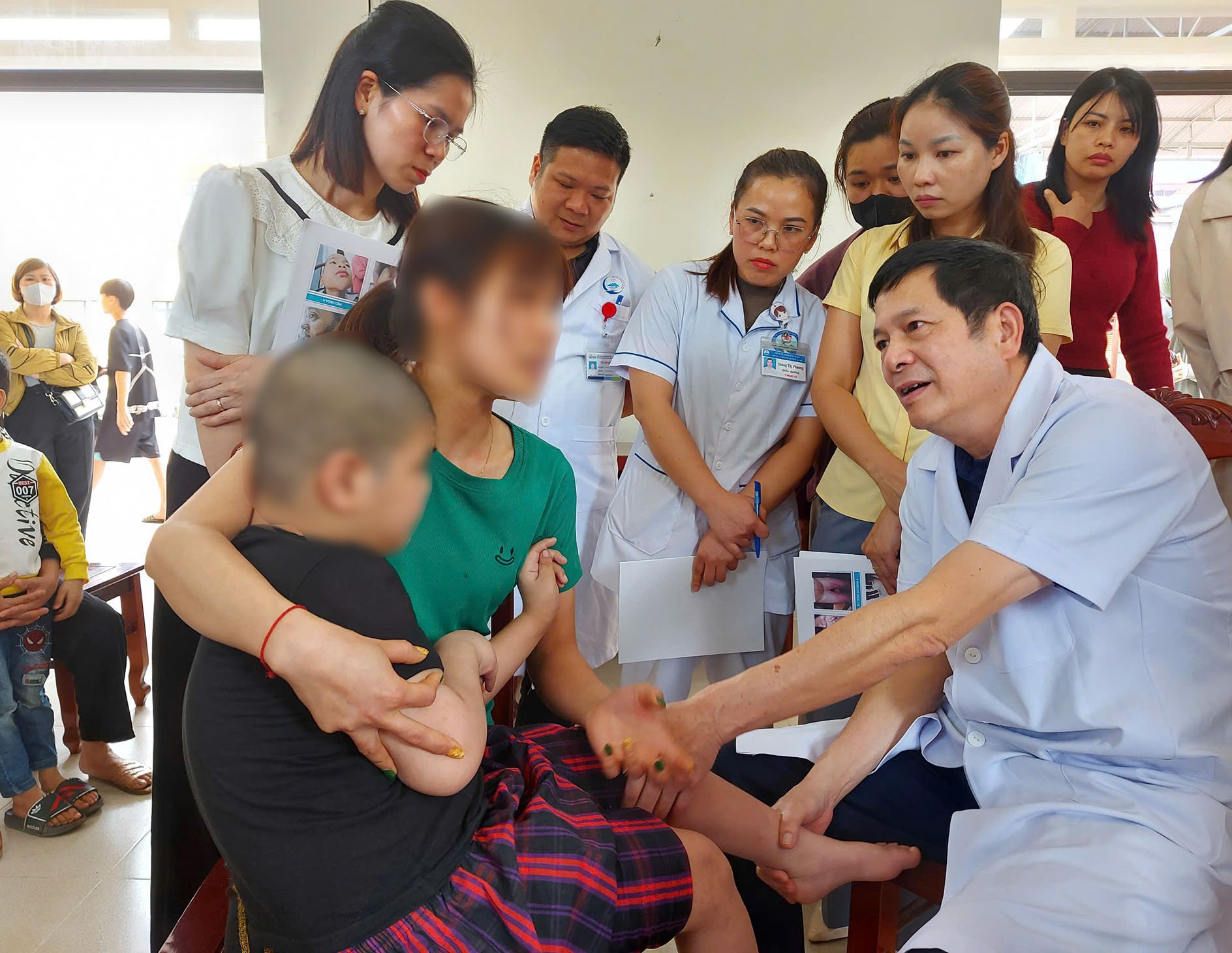
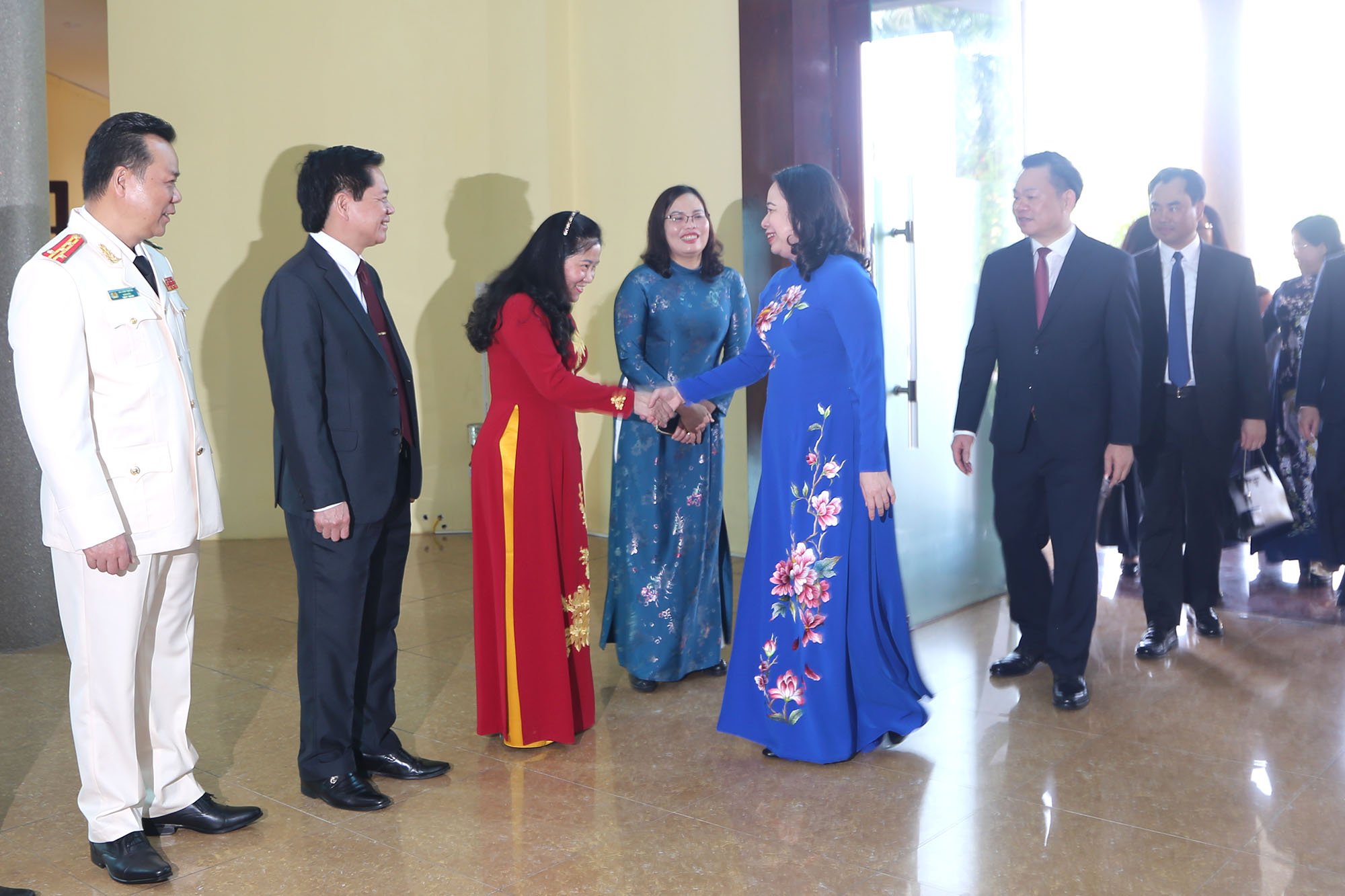
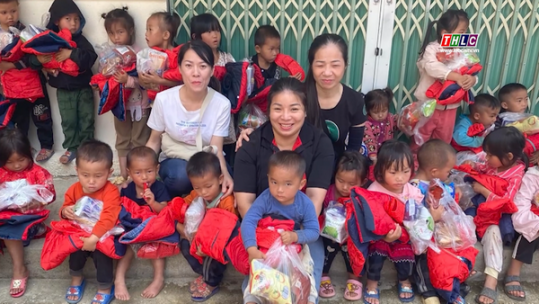
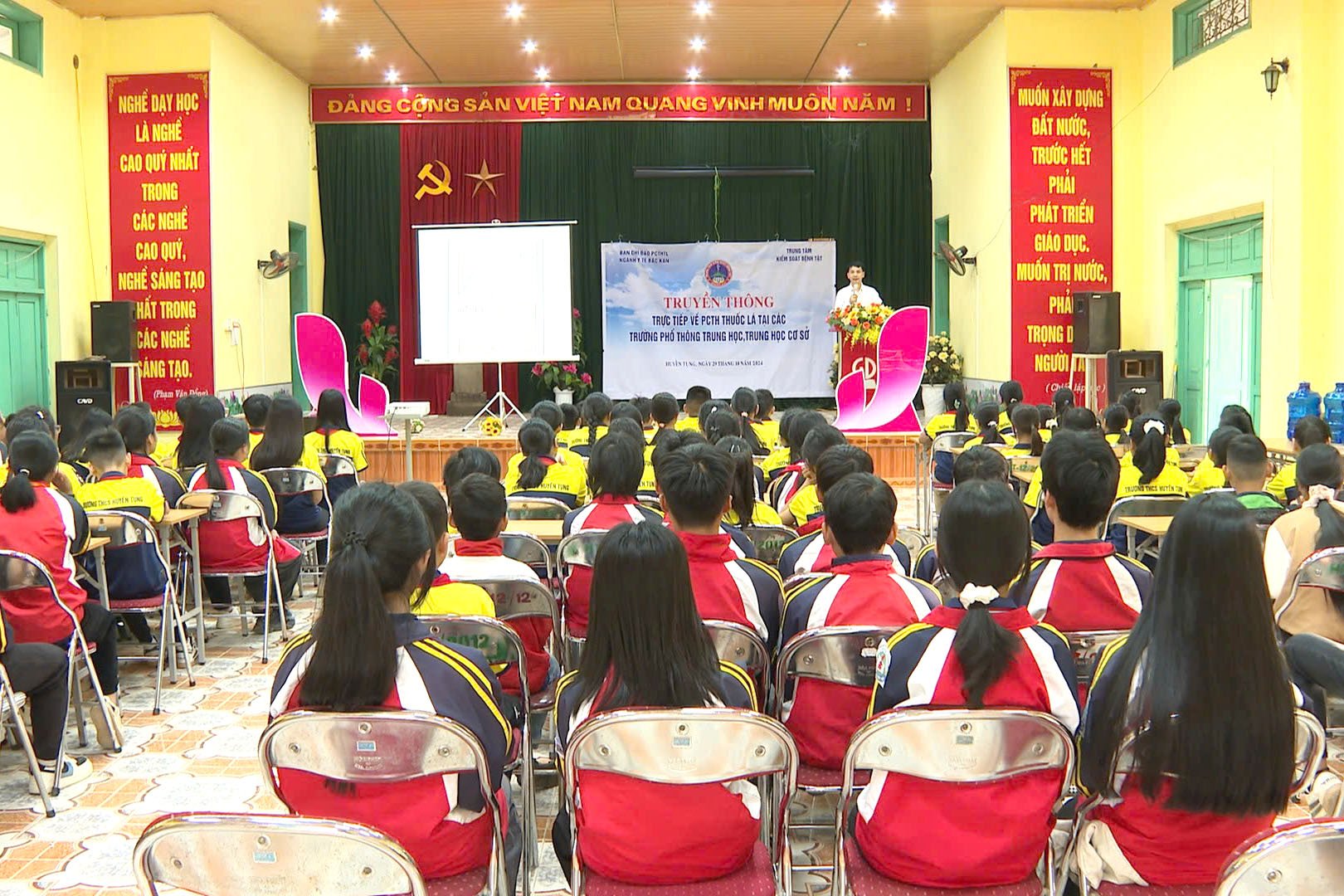
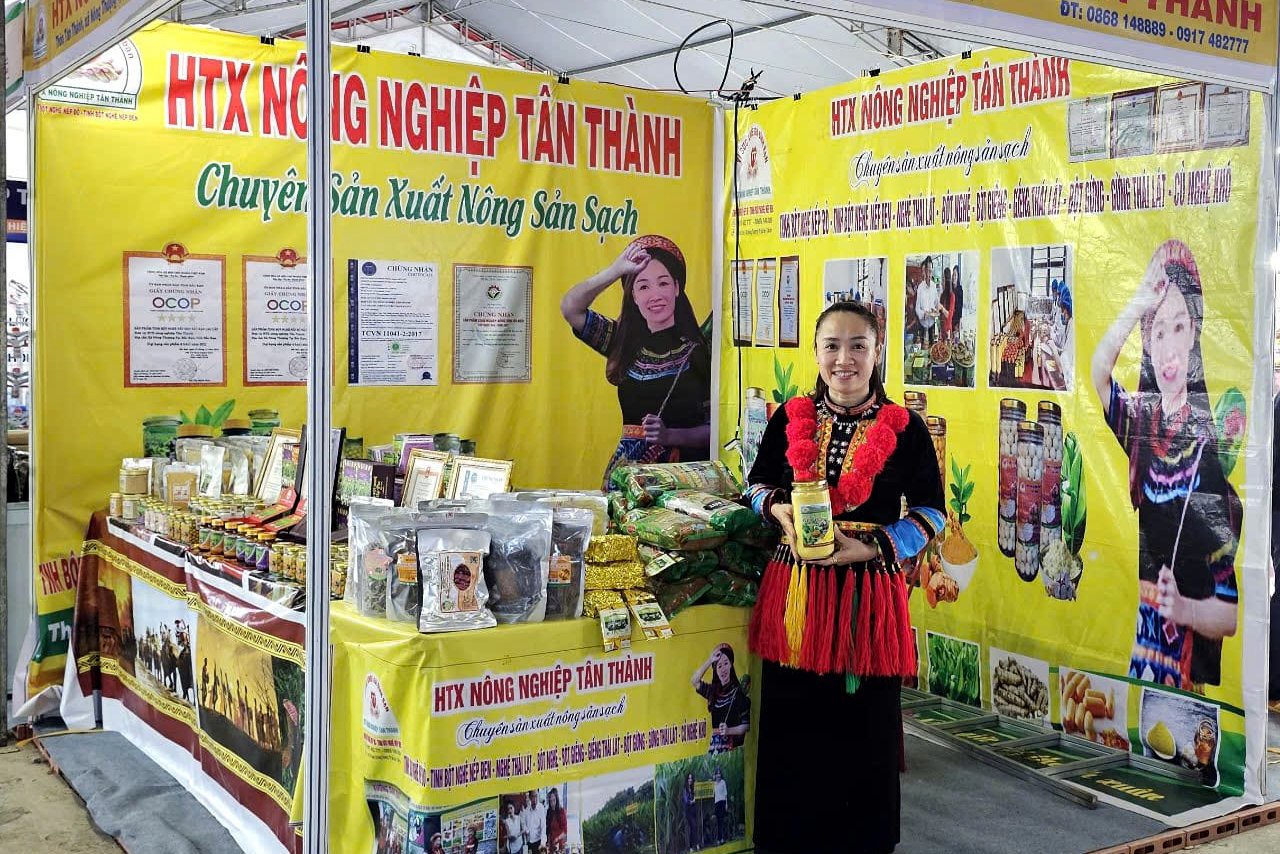
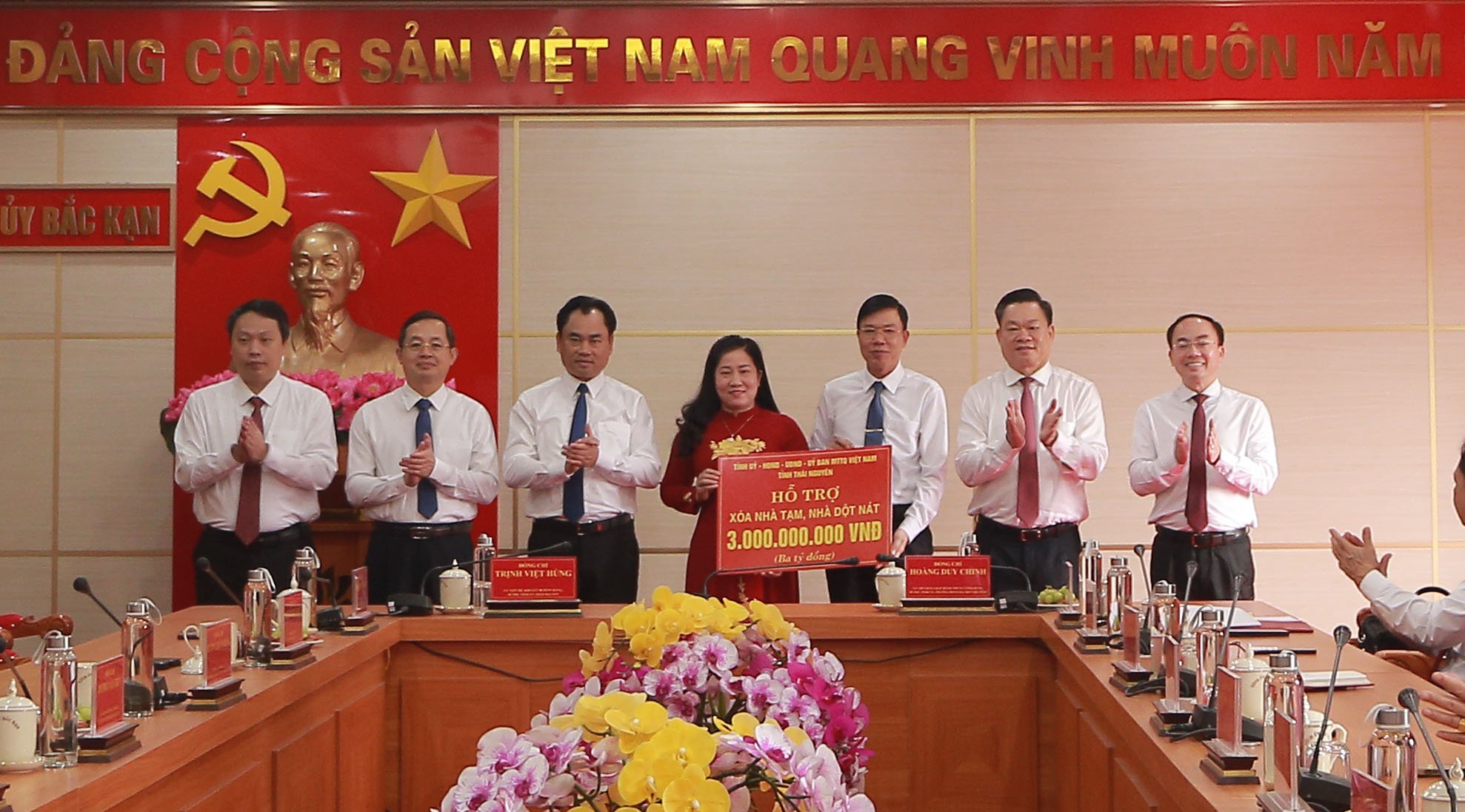
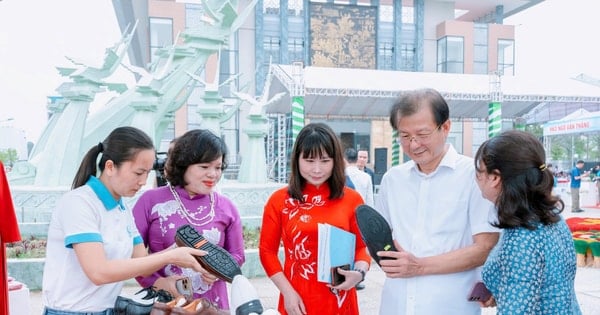



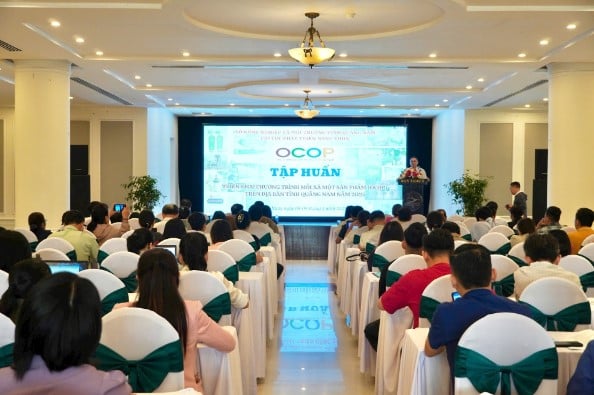
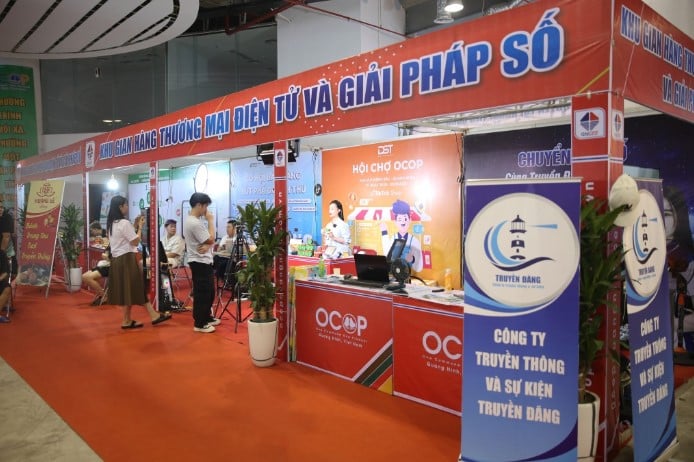
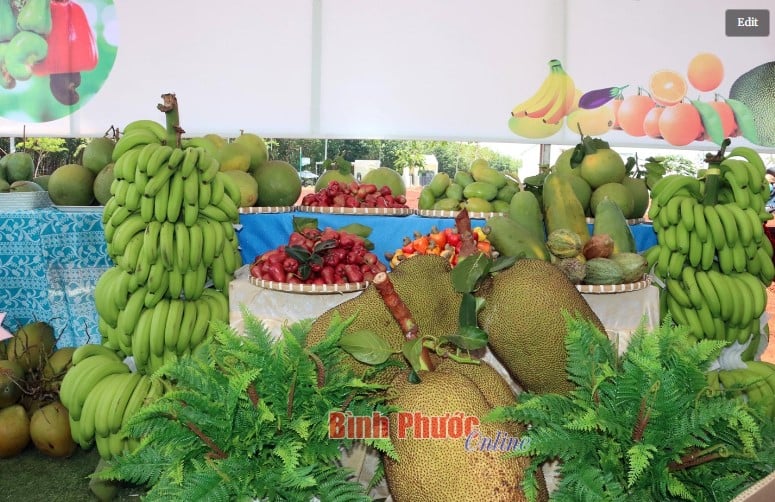
Comment (0)